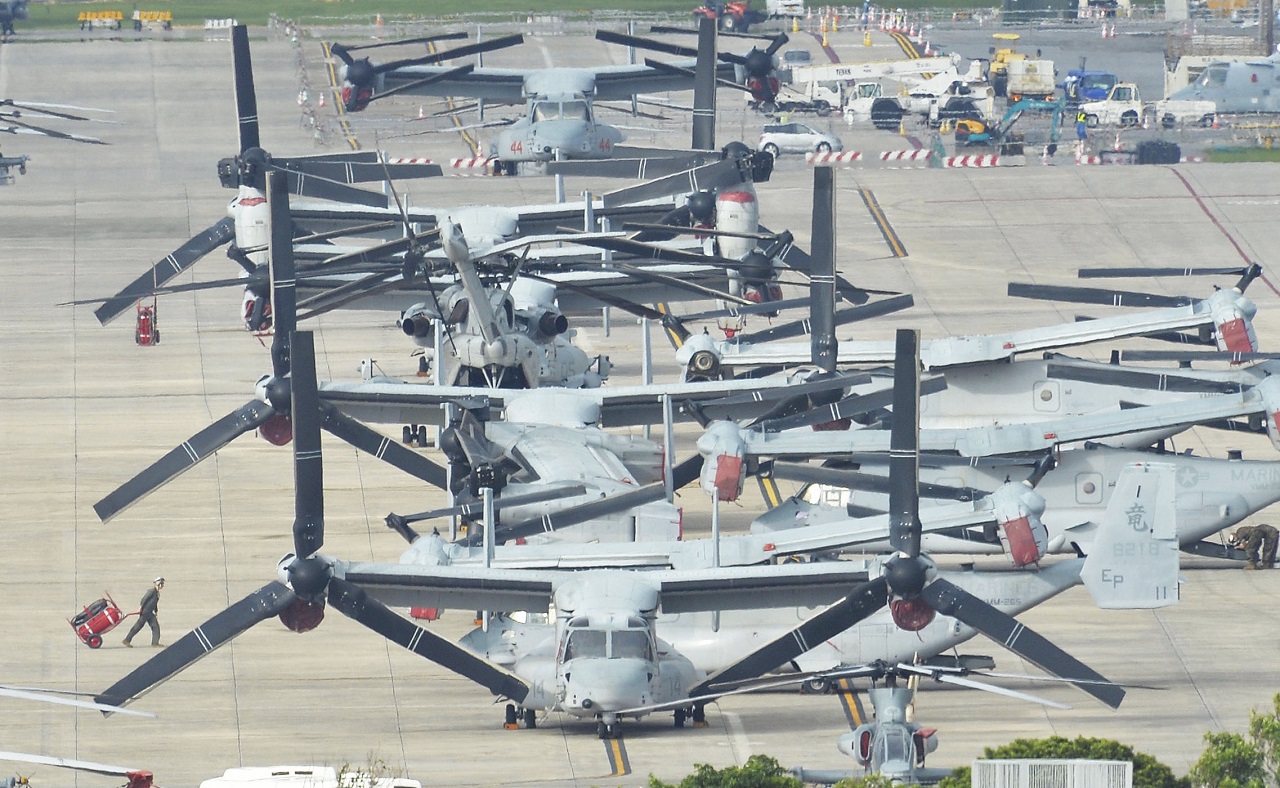US Marine deployment in Darwin no threat to Indonesia, says Commanding Officer Lt Col Brian S. Middleton

INDONESIA has nothing to fear from the deployment of US Marines in the Territory, the Commanding Officer of the Marine Rotational Force Darwin said on Tuesday.
Lieutenant Colonel Brian S. Middleton had just landed with the first 200 of 1250 US marines who will form the sixth and most complex US marine air ground taskforce to be deployed to the Territory.
Although reluctant to comment on the issue, Lt-Colonel Middleton said he was aware of comments made by Indonesia’s armed forces chief Gatot Nurmantyo in January questioning the US marine presence in Darwin.
General Nurmantyo said while pretending to be on a visit to Darwin he spent 90 minutes on the harbour looking at US marine facilities.
“I saw two landing bases had already been built. Even though Australia is a continental state — what does it need marines for?” he told Indonesian media.
The Indonesian general has previously criticised Australia’s hosting of US marines.
“I am aware of his comments … Indonesia has nothing to fear from US marine deployments to Darwin,” he said. “The US alliance with Australia remains strong and we know why we are here. That is for US Marines and Aussie Diggers to train and operate alongside each other.”
It is believed General Gatot Nurmantyo has political ambitions and Lt-Colonel Middleton agreed that the General’s comments were probably aimed at local consumption. However, he pulled no punches when asked about the role the 1250-strong marine air ground taskforce deployment would play if tensions between his country and North Korea escalated into direct conflict.





